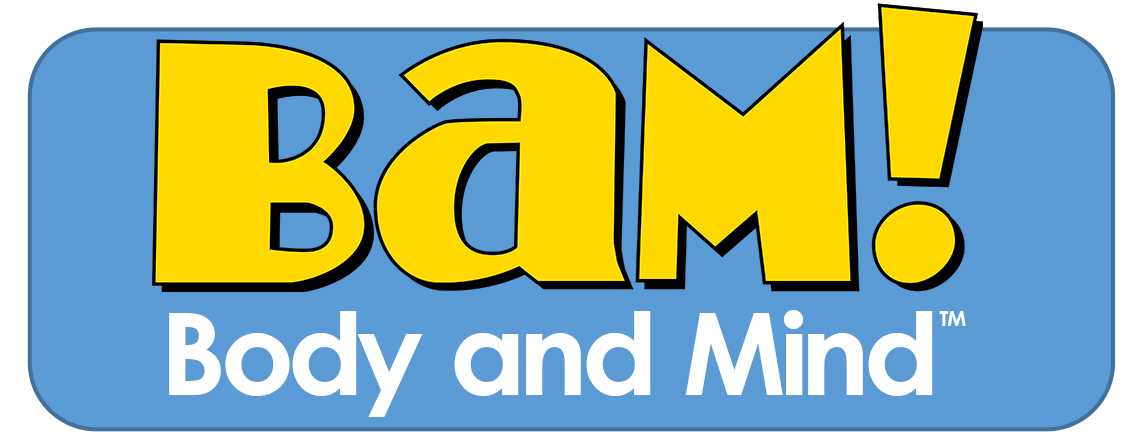West Virginia
State Changes Policies to Increase Physical Activity
All West Virginia elementary and middle school students get 30 minutes of daily physical activity, and more than 100,000 benefit from improved teacher trainings.

Two years of teacher trainings are showing results for proponents of increased physical activity. In June 2016, West Virginia became the first state in the nation to enroll all of its 441 public elementary schools in the national physical activity initiative, Let’s Move! Active Schools. This accomplishment comes less than two years after the addition of a physical activity requirement in West Virginia Board of Education Policy 2510 went into effect. The policy ensures each elementary school student receives 30 minutes of daily physical activity and middle school students are provided opportunities for 30 minutes of moderate to vigorous integrated physical activity daily.
IMPACT
More than 900 classroom teachers and administrators throughout the state received hands-on training from national and state experts. They received resources, including videos and toolkits, about how to integrate physical activity into the classroom curriculum. Physical activity trainings at the two-day KidStrong Conference in June 2016 attracted more than 300 participants. More than 100,000 students are potentially benefiting from the participation of teachers and administrators in these trainings. Advanced training through the Let’s Move! Active Schools Physical Activity Leadership learning system was offered in four places in the state in summer 2016. Together, these trainings enable educators to increase physical activity in the classroom, physical education class, and recess.
Researchers at West Virginia University and Marshall University gathered data from surveys completed at some of the trainings and will evaluate the trainings’ strengths and weaknesses. However, state leaders are already hearing positive comments from teachers about improved student behavior, attendance, and test scores. A next step is to have more schools complete the Let’s Move! Active Schools Assessment and make changes based on the assessment findings to make their schools a more active place to learn.
- Page last reviewed: June 21, 2017
- Page last updated: June 21, 2017
- Content source:



 ShareCompartir
ShareCompartir